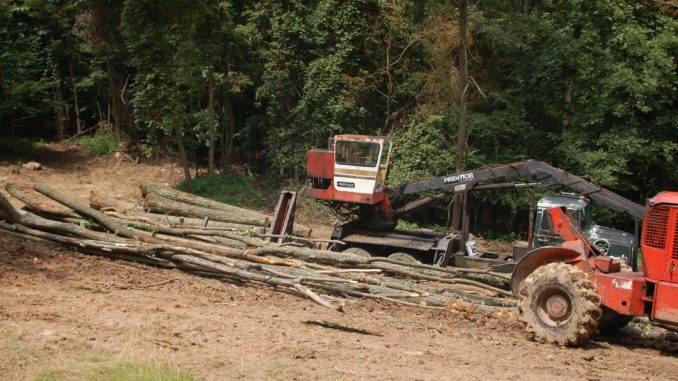
For several generations, Tom Smith’s family has farmed a parcel of land on the border between Alleghany County and Grayson County, Va., employing several wildlife-management strategies.
“Clear-cutting timber provides several advantages for wildlife,” he said. “Piles of lap (limbs and tree tops) provide cover for turkeys and small game, and clear-cutting allows sunlight to reach the ground, encouraging growth of low-lying plants and shrubs which provide cover and food for animals.
‘Reseeding skid roads and clear-cut areas with wildlife foods will further enhance habitat. After a clearcut is complete is an excellent time to plant some fruit trees around the property for deer and other wildlife.”
Smith harvests his timber in stages, cutting small sections several years apart so that every few years, a crop is harvested and provides income. Additionally, the newly cleared section allows the next regeneration process to begin. This allows different portions of the land to rotate through different stages of timber regeneration, thus providing different types of wildlife habitat.
“Generally, good timber management is good wildlife management,” said Smith, who has also placed conservation easements on portions of his land to make sure that the property is never turned into a development. Furthermore, placing a conservation easement on property decreases taxes.
For more information, contact: Blue Ridge Conservancy: www.blueridgeconservancy.org; New River Conservancy: www.newriverconservancy.org.



Be the first to comment